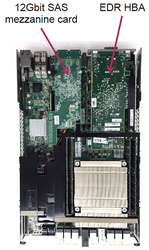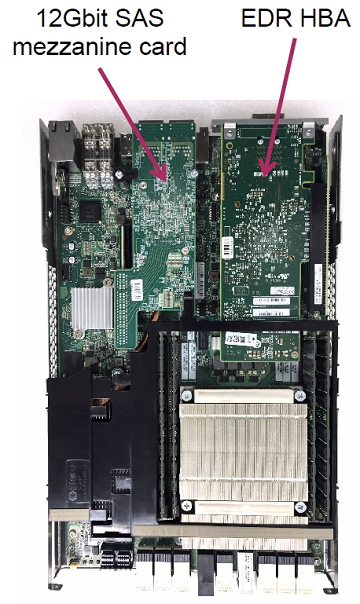
Dec. 2, 2016
By: Michael Feldman
Seagate Technology is getting ready to release ClusterStor 300N, the company’s latest scale-out storage system for high performance computing. Announced in November at SC16 in Salt Lake City, the system will be generally available for purchase in January.
 The ClusterStor 300N is Seagate’s mixed workload storage solution for applications presenting a mixture of small and large I/O blocks, not all of which are going to accessed in sequential fashion. The press release calls out seismic processing, financial transition modeling, machine learning, geospatial intelligence and fluid dynamics as the kinds of workloads suited to a mixed I/O approach.
The ClusterStor 300N is Seagate’s mixed workload storage solution for applications presenting a mixture of small and large I/O blocks, not all of which are going to accessed in sequential fashion. The press release calls out seismic processing, financial transition modeling, machine learning, geospatial intelligence and fluid dynamics as the kinds of workloads suited to a mixed I/O approach.
To manage this, the 300N offers hybrid storage array that mixes spinning disks and flash SSDs, where the latter is to be used as a cache for the smaller I/O blocks. Flash is more expensive than an equivalent capacity of disk, but the speedup benefit – 12x on small writes, according to Seagate – is the compensation for the extra cost.
To make the acceleration transparent to the application, Seagate has provided Nytro, an I/O software manager, which stages the data according to its size and randomness. In general, small I/O blocks are written to flash; large blocks are written to disk. As the flash fills up, Nytro moves the older data to disk.
There are two flavors of the 300N: the L300N for Lustre storage setups and the G300N for Spectrum Scale (formerly GPFS). Both use the same hardware in the storage controller enclosure, what Seagate calls a scalable storage unit (SSU). Each SSU incorporates an Intel Broadwell CPU, a 100Gb network card (Mellanox EDR or Intel Omni-Path), and a 12Gbit SAS card.
Sequential I/O is 16GB/sec per SSU and 112 GB/sec per rack. Seagate says the first iteration of the 300N, which will generally available next month, will support two to four SSD and 19,868 IOPS (16K rewrites) per SSU. A version with up to 24 SSDs will be available in Q317.
